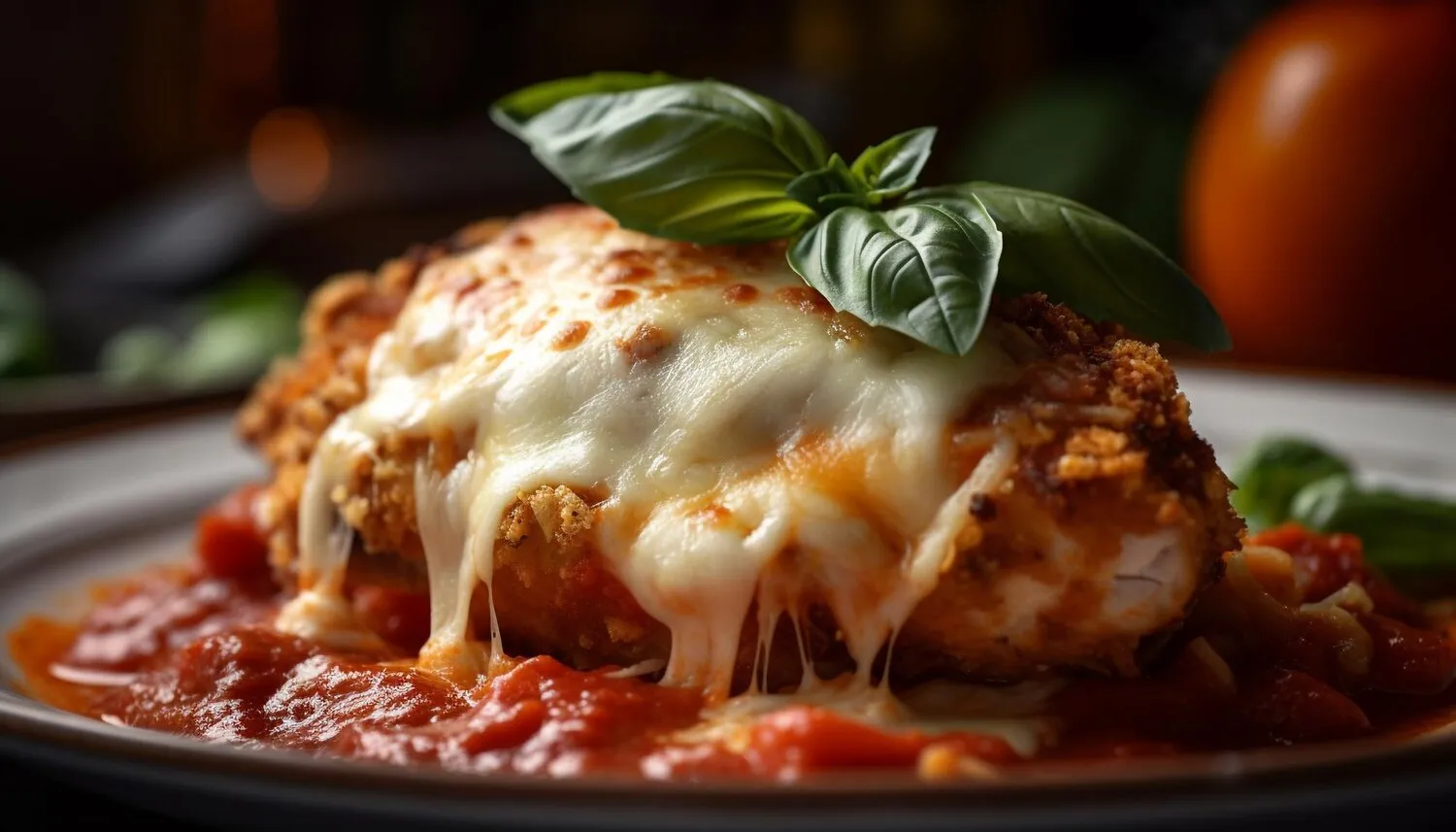
Filets de perche meunière
Pan-fried perch fillets, a classic dish, often served with lemon and potatoes.
Nutrition Facts
* The % Daily Value (DV) tells you how much a nutrient in a serving of food contributes to a daily diet. 2,000 calories a day is used for general nutrition advice.
The 'meunière' style of cooking, meaning 'miller's wife' in French, dates back centuries. It's a simple, rustic technique that likely originated as a way for cooks to quickly prepare fresh fish using readily available ingredients. The 'meunière' method reflects the French culinary emphasis on highlighting the natural flavors of high-quality ingredients without excessive fuss.
Filets de perche meunière is a classic dish often associated with traditional French cuisine and regional specialties, particularly in areas with access to fresh perch. It reflects the French emphasis on simple elegance and using high-quality local ingredients.
Regional Variations
While the basic method remains consistent, regional variations may exist in the type of butter used, additional herbs added to the flour coating (like parsley or thyme), and the specific type of potatoes served alongside.
Restaurant Staple
Filets de perche meunière is a common menu item in many French bistros and restaurants, particularly those specializing in seafood or traditional cuisine. It's often seen as a reliable and satisfying choice.
Celebration of Freshness
The dish emphasizes the importance of fresh, high-quality ingredients, reflecting the French appreciation for seasonal produce and locally sourced foods.
Filets de perche meunière offers a delicate, buttery flavor profile with a hint of lemon. The simple preparation allows the fresh, slightly sweet taste of the perch to shine, complemented by the richness of browned butter and the brightness of lemon juice.
The primary flavors are the mild, flaky perch itself, the nutty and savory notes from the browned butter (beurre noisette), and the acidic brightness of fresh lemon juice. The flour coating, seasoned with salt and pepper, provides a subtle crispy texture and enhances the fish's natural flavor. The dish is not overtly salty, spicy, or sweet; instead, it focuses on a balanced and refined taste.
Pat the Fish Dry
Before dredging the perch in flour, pat it completely dry with paper towels. This will help the flour adhere better and ensure a crispier crust.
Don't Overcrowd the Pan
Cook the fillets in batches, ensuring there's enough space in the pan to prevent overcrowding. Overcrowding lowers the pan temperature and results in steamed rather than pan-fried fish.
Brown the Butter Carefully
Watch the butter carefully as it melts and browns. It should develop a nutty aroma and a golden-brown color, but be careful not to let it burn, as burnt butter will taste bitter.
Use Fresh Lemon Juice
Freshly squeezed lemon juice is essential for achieving the best flavor. Avoid using bottled lemon juice, as it lacks the brightness and acidity of fresh juice.
Proper Seasoning
Taste and season generously with salt and pepper both on the flour and after cooking. Seasoning enhances the natural flavors of the fish.
Explore additional Classic dishes and restaurants
Explore ClassicDiscover top dining spots and culinary experiences in Genève.
Explore GenèveLearn more about the food culture, restaurant scene, and culinary heritage of Switzerland.
Explore Switzerland